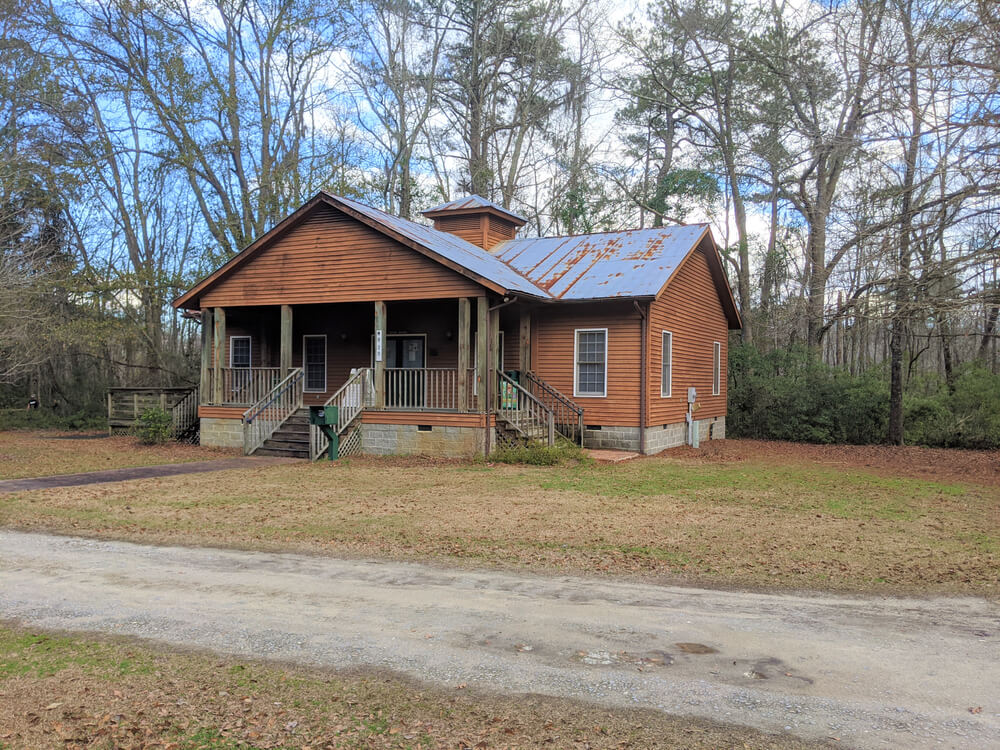Most of the country’s farmers rely on these roads.

An oft-ignored issue in American agriculture is just how important transportation infrastructure is.
The United States is a huge country, with much of it, in terms of acreage, considered rural. Most of the farmland in the country is located in rural areas, which means that food has to travel along rural roads to reach population centers. A lengthy report from TRIP, a transportation research nonprofit, examines the condition of rural roads, bridges, and highways, and finds that they are not nearly up to par.
Using data from the Department of Transportation, the USDA’s Economic Research Service, and other public sources, TRIP analyzed the status of rural America in the wake of COVID-19 and its attendant financial requirements. The findings are…not great. Half of America’s rural non-highway roads are rated as being in a condition from poor to fair; 13 percent ranked as “poor.” Roads with that designation have substantial cracking, potholes, and ruts; they “often are too deteriorated and must be reconstructed,” says the TRIP report.
Rural roads are also significantly more dangerous than non-rural ones. Only 22 percent of the country’s vehicle miles were traveled on rural roads, yet 40 percent of the nation’s automotive fatalities took place there. (Texas has the most rural road automotive fatalities of any state in the country, by a comfortable margin, though if you account for population, South Carolina ranks highest.) There are lots of reasons for this: Rural roads are farther from life-saving hospitals, they have fewer safety features like lights, they have fewer lanes, and they often have higher speed limits. Because of these factors, rural roads need to be kept in excellent condition; the last thing a rural road needs is to be falling apart, on top of everything else.
The Department of Transportation data notes that there is a gigantic backlog of funding—$211 billion worth—in repairs that need to be made to rural roads and bridges. Reports analyzed by TRIP find that funding is directly related to safety here: Every $100 million saves about 45 lives, and rural roads need dozens of times that amount of money in repairs and safety additions (including lighting, rumble strips, guardrails, medians, widened lanes, that kind of thing).
Bridges are an almost equal problem: Eight percent are rated as “structurally deficient,” which is not a phrase you want applied to a bridge over which the country’s food has to travel. Often these bridges have signs posted discouraging heavy vehicles, like farm equipment or food-hauling trucks, from traveling over them. That forces the agriculture industry to either risk their lives or waste fuel and time (and possibly food) by finding alternate routes.
These lousy roads and bridges can increase costs dramatically for farmers, forcing them to pay for extra gas or repairs while buying inputs and supplies. This can increase cost for delivery and shipping, and overall making the entire process of producing and selling their products more difficult, less efficient, and more expensive. Reports from multiple sources, including the USDA, the Council of State Governments, and the Pacific Economic Cooperation Council all found that the cost of food would be significantly decreased with an investment in rural roads and bridges.
And yet, as the TRIP report finds, the COVID-19 pandemic is having a disastrous effect on efforts to improve infrastructure, even as the country desperately needs it. Repairs are obviously halted for safety reasons; with greatly reduced traffic, tolls and gas taxes which pay for many repairs have suffered. State governments, which often have had to pay for rural road and bridge repairs in the first place, are now engaged in fighting 50 separate wars on COVID-19, thanks to federal government inaction—which means less money for local projects like roads.
In short, as with everything else these days, this is bad news—for both the agriculture industry and for everyone who depends on it, which is everyone.
It is interesting they point out Texas has the highest rural traffic fatalities yet if you look at the report’s data, Texas has the second best condition of rural infrastructure. Not saying their argument isn’t valid though